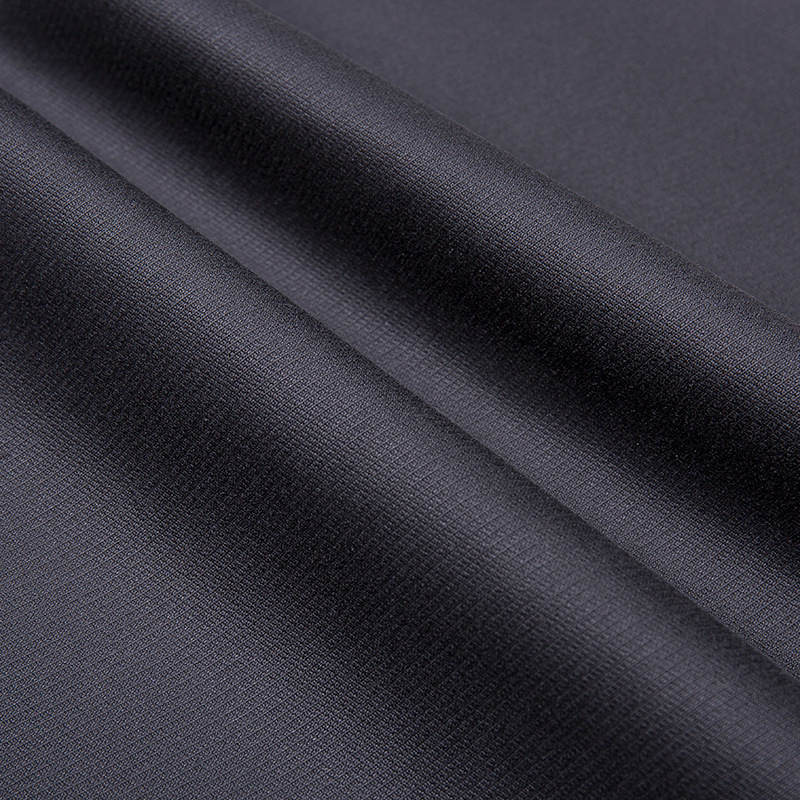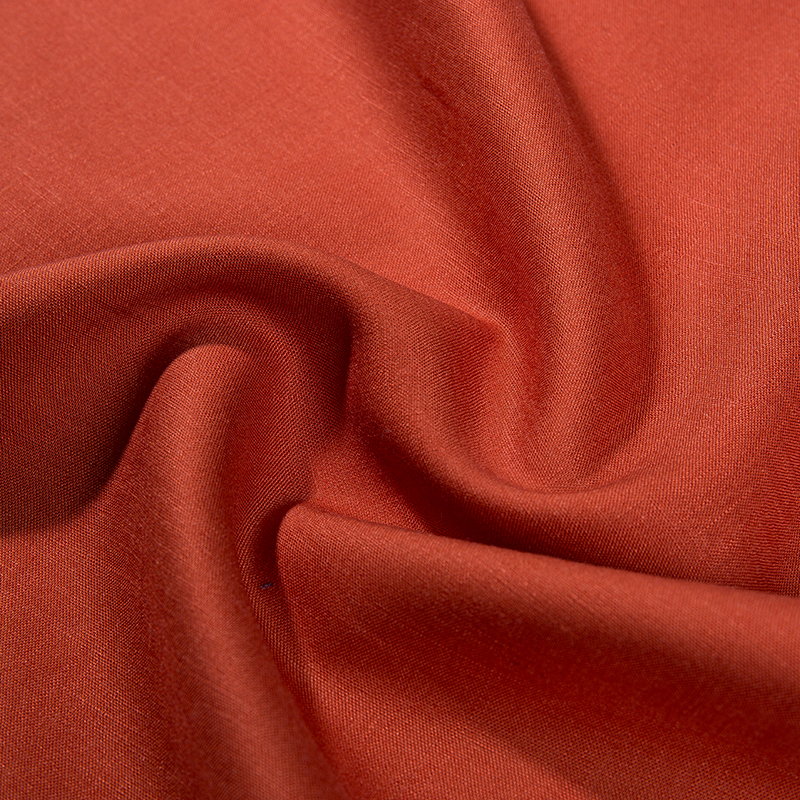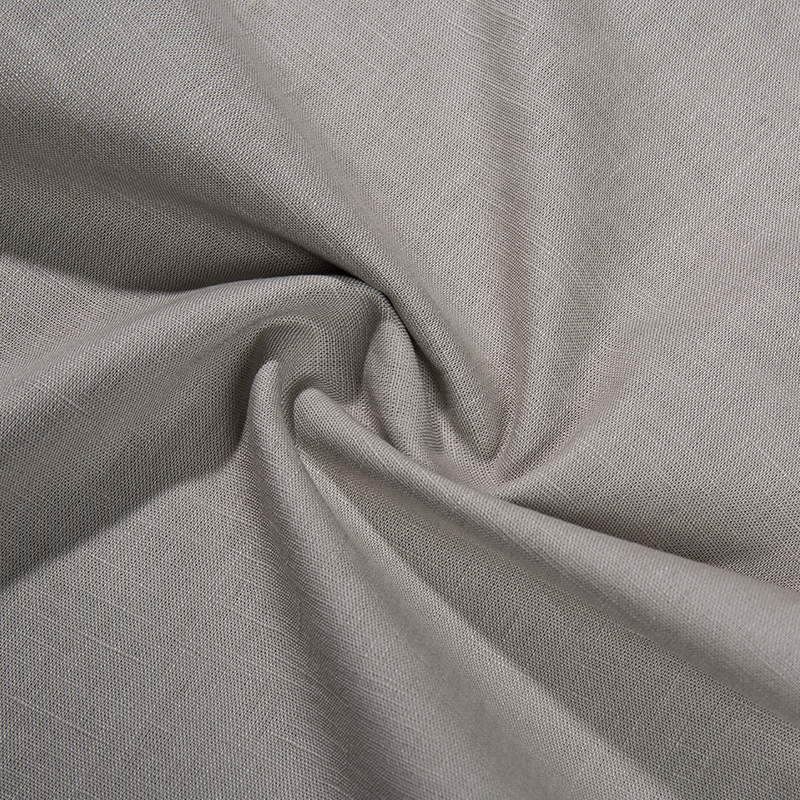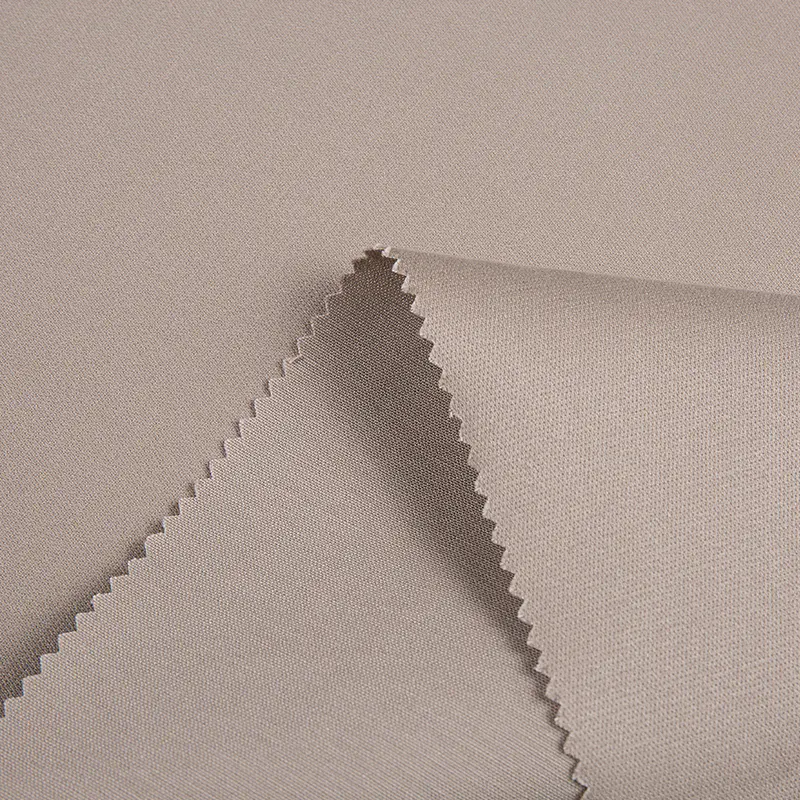The apparel industry continues to witness significant developments in chino pants fabric as manufacturers respond to changing consumer preferences for versatile and comfortable clothing options. These advancements in chino pants fabric production reflect a broader shift toward technical innovation and sustainable practices within the textile sector. The growing demand for chino pants fabric demonstrates how traditional materials can evolve to meet modern performance expectations and environmental considerations.
Recent innovations in chino pants fabric focus on enhancing durability while maintaining the characteristic comfort that has made this material popular. Modern production techniques allow for the creation of chino pants fabric with improved stretch properties and recovery, addressing the need for garments that accommodate active lifestyles. These technical enhancements to chino pants fabric have expanded its applications beyond traditional casual wear into business casual and performance-oriented categories.

Sustainability has become an important factor in chino pants fabric manufacturing, with many producers incorporating recycled materials and implementing water-saving processes. The development of eco-friendly chino pants fabric options has gained momentum as brands seek to reduce their environmental impact. These initiatives include using organic cotton blends and implementing dyeing techniques that less chemical usage in chino pants fabric production.
The performance characteristics of contemporary chino pants fabric have seen notable improvements through advanced weaving technologies and fiber treatments. Modern chino pants fabric often features moisture-wicking properties, wrinkle resistance, and color retention capabilities that exceed traditional standards. These enhancements make current chino pants fabric suitable for various climates and wearing conditions while maintaining the classic appearance consumers expect.
Quality testing protocols for chino pants fabric have become increasingly sophisticated, ensuring consistent performance across production batches. Manufacturers conduct rigorous assessments of chino pants fabric for abrasion resistance, color fastness, and dimensional stability. These quality control measures help maintain the reputation of chino pants fabric as a reliable and long-lasting material choice for garment production.
Market trends indicate growing consumer interest in chino pants fabric with technical features and sustainable credentials. This demand has encouraged innovation across the supply chain, from fiber production to finishing treatments for chino pants fabric. The versatility of modern chino pants fabric allows it to bridge categories between formal trousers and casual pants, appealing to a broad range of consumers seeking adaptable wardrobe options.
Global production of chino pants fabric continues to evolve with investments in manufacturing technologies that improve efficiency and reduce environmental impact. These advancements in chino pants fabric production contribute to more sustainable practices while maintaining the quality and performance characteristics that define this category. The ongoing development of chino pants fabric reflects the industry's commitment to meeting consumer needs through innovation and responsible manufacturing practices.
The transformation of chino pants fabric from a basic cotton twill to a technically advanced material demonstrates the dynamic nature of textile innovation. As consumer expectations continue to evolve, manufacturers remain committed to developing chino pants fabric that balances traditional aesthetics with modern performance requirements. This ongoing innovation ensures chino pants fabric will maintain its position as a fundamental material in global fashion markets while adapting to changing consumer preferences and environmental considerations.
 EN
EN English
English 中文简体
中文简体 Español
Español عربى
عربى bahasa Indonesia
bahasa Indonesia








 Add: Beside National Highway 330, Zhuge Town, Lanxi City, Zhejiang Province, China
Add: Beside National Highway 330, Zhuge Town, Lanxi City, Zhejiang Province, China Phone: +86-579-89022355
Phone: +86-579-89022355

